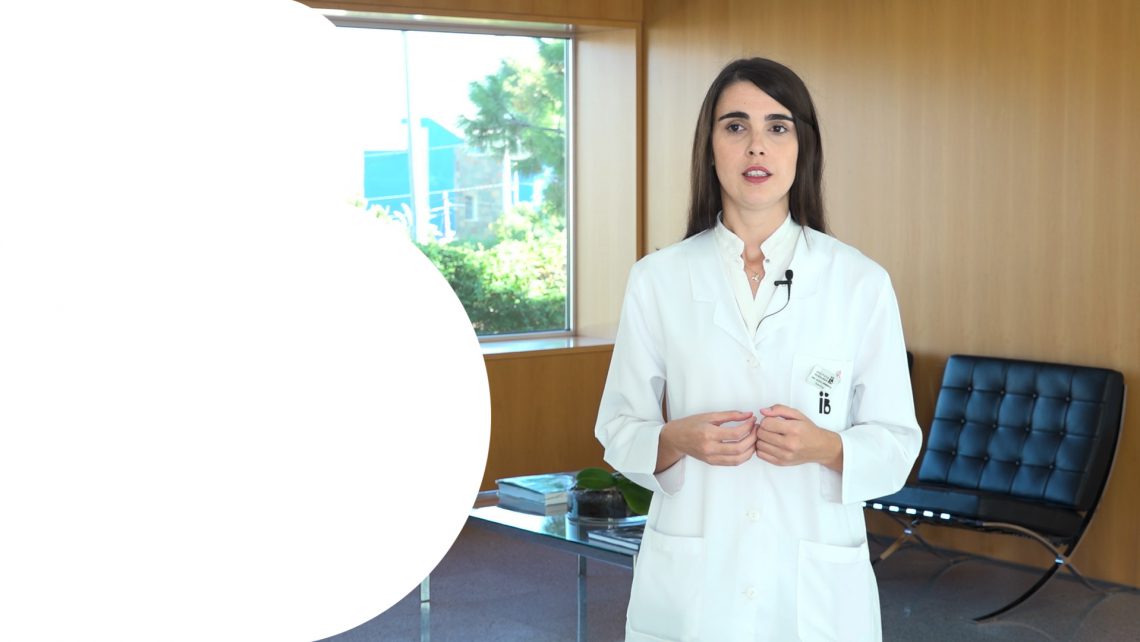
Endometrial receptivity: Optimum characteristics for the endometrium when a woman wishes to get pregnant
The inner-most layer of uterus covering the uterine cavity is called the endometrium. It is a dynamic tissue and its characteristics vary throughout the menstrual cycle.
Its most important function is to engage in dialogue with the embryo so that the latter can implant and the uterus can serve as a suitable place for a pregnancy to develop.
There are a number of different phases throughout the cycle.
- During menstruation, the tissue breaks up and then breaks away, causing bleeding.
- The phase prior to ovulation is known as the proliferative or follicular phase and it is at this point that oestrogen makes the uterus increase in thickness.
- Ovulation is followed by the secretory phase. Progesterone is already present during this stage and this ensures optimum conditions so that the embryo can implant.
By taking all this into account, we understand that the most appropriate time for a pregnancy is after ovulation.
A number of characteristics can be observed using an ultrasound scan and this can help us to detect certain conditions such as endometrial thickness and pattern.
Treatments
A number of different strategies can be used to achieve those desired conditions.
- One option consists of simulating what happens from a physiological point of view by exogenous administration of oestrogen and progesterone-based hormones.
- Cycles in women who have regular periods can be monitored without the need for very much medication at all. This is known as a natural cycle.
There is some debate about the most suitable thickness of the endometrium but it is somewhere between 7 and 12 mm. Endometrial thicknesses that fall outside this range are considered sub-optimum.
We also try to ‘imitate’ what happens in a natural pregnancy and synchronise the embryo’s development days with progesterone administration prior to transfer.
Nevertheless, the implantation process remains somewhat unknown. This is why, unfortunately, not all women get pregnant even though the embryo may be good quality and the endometrium may have what we understand to be all the necessary characteristics.
THE FOLLOWING MAY ALSO BE OF INTEREST TO YOU
- In Vitro Fertilization (IVF)
- What is the endometrium?
- Embryo transfer
- Recommendations following embryo transfer
- Embryo implantation, the ultimate test
- Implantation failure and repeated miscarriage. Treatment options
- Endometritis: What is it? How can it be detected? How can it be cured?
- Adenomyosis and recurrent implantation failure
Dr Alicia Herencia, a gynaecologist at Instituto Bernabeu.
